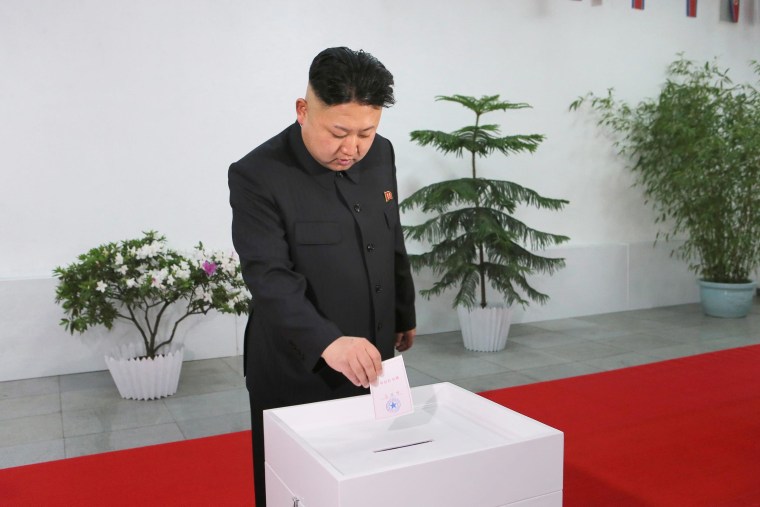Political analysts and cartoonists Ted Rall (from the Left, Wall Street Journal) and Scott Stantis (from the Right, Chicago Tribune) dive into the latest developments in politics and culture.
The 2024 presidential campaign has some new candidates. On the Democratic side, Marianne Williamson returns for another attempt to challenge presumed reelection campaigner Joe Biden and Robert F Kennedy, Jr. throws his hat into the ring as well. On the Republican side, South Carolina Senator Tim Scott is set to join declared candidates Donald Trump and Nikki Haley. Trump’s indictment has Republicans rallying around him, vastly increasing his lead over Florida governor Ron DeSantis. On the GOP side, it looks like Donald Trump may have this sewn up.
The Biden Administration has announced that it wants to have as many as two out of three automobiles sold in the United States to be fully electric by the year 2032. How will Americans be able to afford these more expensive vehicles? Will there be enough charging infrastructure? How will our lives change as a result? Geopolitical relations will change as well; electric vehicle batteries require lithium, which is mined in places like Afghanistan and central Africa, where China has an outsized advantage on mining rights.
The NYPD rolls out three high-tech devices designed to take beat cops off the street and replace them with autonomous gadgets out of a dystopian movie. The K5 “SnitchBot” is a 400 pound, 6 foot tall, automated spy. Then there’s “Digi-Dog,” a $375,000 robotic dog supposedly designed to handle hostage situations. Will these devices be powered by artificial intelligence? Will they select their own targets? Will the public put up with them? Unsurprisingly, flamethrower drones may be the answer.
Watch the Video Versions of the DMZ America Podcast:
DMZ America Podcast Ep 96 Sec 1: A New Crop of 2024 Presidential Candidates
DMZ America Podcast Ep 96 Sec 2: Biden’s Big Push for Electric Cars
DMZ America Podcast Ep 96 Sec 3: Scary “Black Mirror” Dog Now Working for NYPD




 America and the West have begun promoting the idea of a war against China over Taiwan. If China invades Taiwan, President Biden has
America and the West have begun promoting the idea of a war against China over Taiwan. If China invades Taiwan, President Biden has